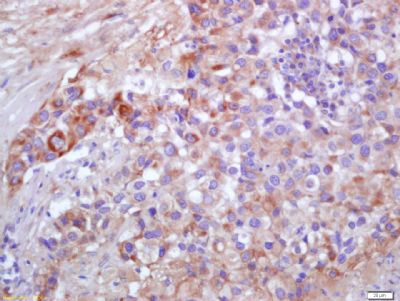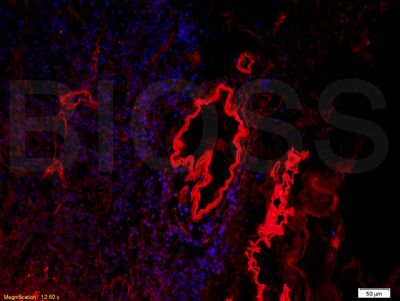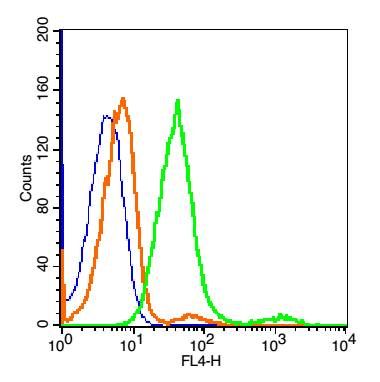[IF=5.34] Yan Wang. et al. Geniposide alleviates VEGF-induced angiogenesis by inhibiting VEGFR2/PKC/ERK1/2-mediated SphK1 translocation. Phytomedicine. 2022 Jun;100:154068 IF ; Rat.
[IF=4.12] Wu et al. MicroRNA-27a Induces Mesangial Cell Injury by Targeting of PPARγ, and its In Vivo Knockdown Prevents Progression of Diabetic Nephropathy. (2016) Sci.Rep. 6:26072 WB ; Rat.
[IF=5.116] Siwen Zhang. et al. Concentrated exosomes from menstrual blood-derived stromal cells improves ovarian activity in a rat model of premature ovarian insufficiency. Stem Cell Res Ther. 2021 Dec;12(1):1-16 IF,IHC ; Rat.
[IF=2.067] H-J Wang. et al. MiR-32-5p knockdown inhibits epithelial to mesenchymal transition and renal fibrosis by targeting SMAD7 in diabetic nephropathy:. Hum Exp Toxicol. 0;(): WB ; Human.
[IF=2.51] Wu, Lina, et al. "The effect of resveratrol on FoxO1 expression in kidneys of diabetic nephropathy rats." Molecular biology reports 39.9 (2012): 9085-9093. IHSLCP ; Rat.
[IF=1.794] Gao X et al. Alteration and prognostic values of collagen gene expression in patients with gastric cancer under different treatments. Pathol Res Pract. 2020 Mar;216(3):152831. IHSLCP ; Human.
[IF=1.492] Song et al. Extracellular diffusion quantified by magnetic resonance imaging during rat C6 glioma cell progression. (2017) Braz.J.Med.Biol.Res. 50:e5404 WB ; Rat.
[IF=2.34] Bao et al. Enhanced hepatic differentiation of rat bone marrow-derived mesenchymal stem cells in spheroidal aggregate culture on a decellularized liver scaffold. (2016) Int.J.Mol.Me. 38:457-65 other ; porcine.


